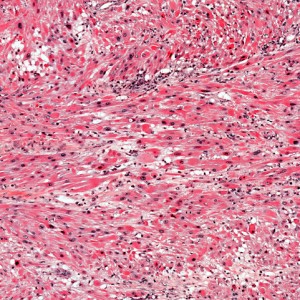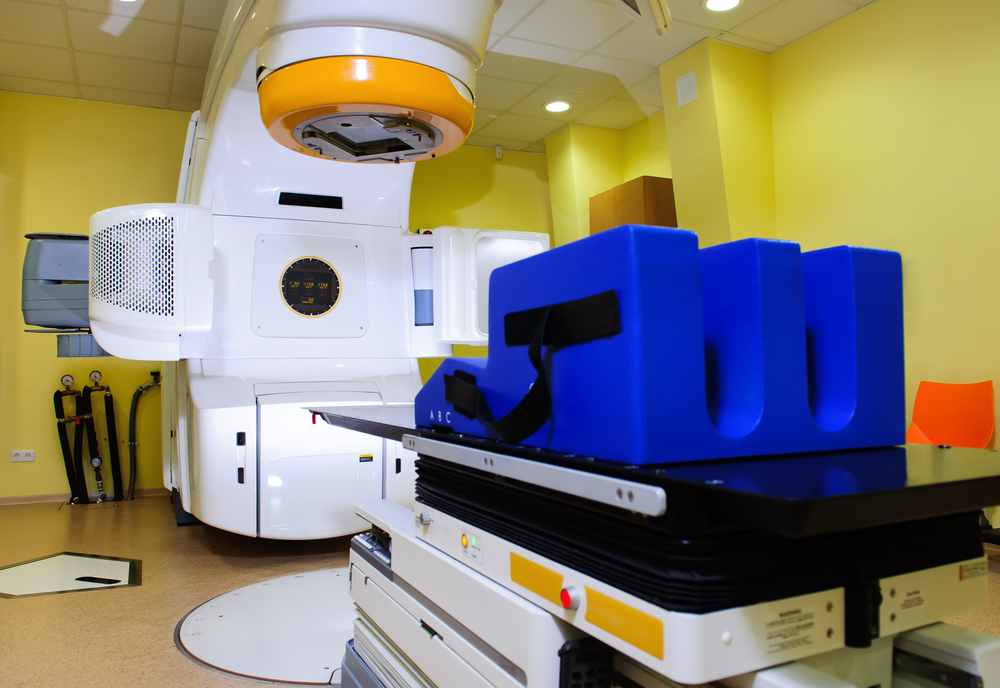 Phase II clinical trial results indicate Image Guided Radiotherapy (IGRT) as a potential preoperative treatment for soft tissue sarcoma. The findings could have an impact on how cancers found in skin tissues are treated.
Phase II clinical trial results indicate Image Guided Radiotherapy (IGRT) as a potential preoperative treatment for soft tissue sarcoma. The findings could have an impact on how cancers found in skin tissues are treated.
The results of a Phase II trial entitled “A Phase II Trial of Image Guided Preoperative Radiotherapy for Primary Soft Tissue Sarcomas of the Extremity” (ClinicalTrials.gov Identifier: NCT00589121) conducted by the Radiation Therapy Oncology Group (RTOG) in collaboration with NRG Oncology were published in the Journal of Clinical Oncology, entitled “Significant Reduction of Late Toxicities in Patients With Extremity Sarcoma Treated With Image-Guided Radiation Therapy to a Reduced Target Volume: Results of Radiation Therapy Oncology Group RTOG-0630 Trial.”
Sarcoma is a type of cancer that can develop in bone or soft tissues such as fat, muscle, nerves, fibrous tissues, blood vessels, or deep skin tissues. STS is rare (1% of all adult malignancies) but deadly due to the frequent presence of advanced disease, or metastasis, at the time of initial diagnosis.
Nearly 12,000 new cases of soft tissue sarcoma are expected to be diagnosed in 2015, with a projected 5,000 deaths caused by the disease. Approximately 50% of STS appears in muscle extremities. For sarcomas of the extremities, local control comparable to that obtained with amputation may be achieved with limb-sparing surgery that involves wide local excision in combination with preoperative radiation therapy or postoperative radiation therapy.
This trial tested preoperative IGRT in a total of 57 patients suffering from extremity soft tissue sarcoma (STS), 12 of which received chemotherapy together with IGRT while the rest were treated with IGRT before surgery. Upon assessment of late toxicities at 2 years, 10.5% of patients experienced moderate toxicity or worse side effects when compared to 37% of patients in other clinical trials without IGRT.
This significant reduction in late toxicities in patients with extremity STS who were treated with preoperative IGRT and absence of marginal-field recurrences suggest that the target volumes used in this study are appropriate for preoperative IGRT. Specifically, treatment with IGRT was found to reduce the side effects of fibrosis (5.3 vs. 31.5 percent), joint stiffness (3.5 vs.17.8 percent), and edema (5.3 vs.15.1 percent).
According to the authors, IGRT is much more precise in targeting the tumor, as the radiation is delivered to a much smaller target volume (with less normal tissue included) through the use of either intensity modulated radiotherapy or 3D conformal radiotherapy. “This is one of the first multi-institutional studies—across all cancer types—to have a primary aim that investigated the benefits of image-guided modern technology and techniques for reducing radiotherapy related toxicities for our patients,” said Dr. Dian Wang, one of the authors of this study.


